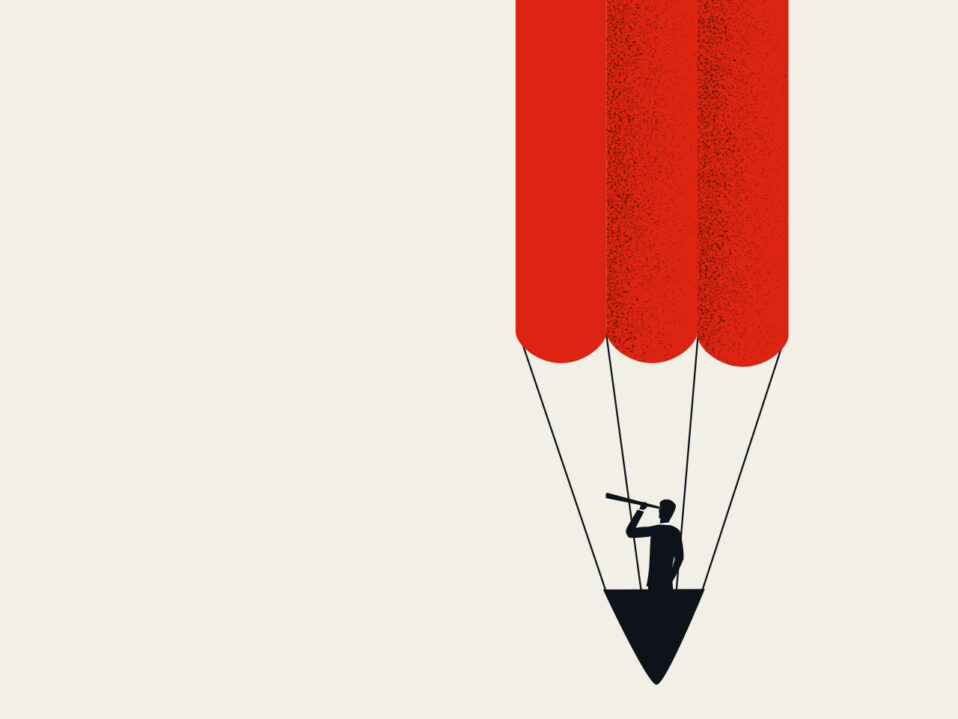By Dana Sheanin, CEO of Jewish LearningWorks
One hundred and twenty-five years ago, a group of Jewish professionals gathered to create a centralized Talmud Torah system in San Francisco. Today, the successor to that organization is Jewish LearningWorks, a premiere hub of professional development for Bay Area Jewish educators and communal professionals. This year we are celebrating our 125th anniversary nurturing educators, inspiring innovation and building Jewish literacy. While most of our sister organizations around the country have since closed or merged with local Jewish Federations, we remain an independent and vital component of the Bay Area landscape. What’s the secret? Nothing more than the willingness to take a hard look at the world and evolve, even when it means difficult choices.
My dear friend, Rachel Brodie, z”l, a bright light in the field of Jewish education, taught that the most traditional thing a Jew can do is change. Our collective history is one of destruction, resilience and renewal. Still it seems our organizational ecosystem has difficulty learning the lessons that stem from this history. Too often we are afraid to close a chapter containing yesterday’s stories, programs or colleagues, and resist turning the page to allow new ideas to emerge.
I am the ninth leader of my organization. I am confident that each of us facilitated the development of programs and initiatives that our predecessors could never have imagined. While it has become prosaic to speak of living in a time of rapid change, we all feel this in our personal, familial and civic lives. Yet we who are privileged to hold leadership roles in the Jewish community — both paid and unpaid — regularly allow the perceived cost of change to stop us from doing what we know is needed.
Making challenging decisions is the beating heart of leadership. Organizational expert Jim Collins argues that to move from being simply good to being a great organization, leaders must focus effort on the intersection of three circles — what they are deeply passionate about, what they can be the best at, and what drives their resource engine. I offer my own organization, Jewish LearningWorks, as an example of this. Over the past decade, by means of two strategic plans, our leadership let go of many old stories and formerly successful programs, refocusing on our core work — nurturing educators, inspiring innovation and building Jewish literacy. Our work looks very different today than it did in 1898 or 1998 — because it must, in order to be meaningful to today’s Jews.
None of this is easy. Rabbi Benay Lappe of Svara famously describes the way we all tend to attach to what is. When something causes our “master story” or understanding of reality to crash she teaches, we have three options. Option one is to deny and recommit to the old way. Option two is to reject the old story in its entirety and rapidly adopt a new one. Rabbi Lappe suggests that these are the two most common outcomes. However, she invites us to consider choosing Option three, to embrace the crash by figuring out what still works, and creating a new story that opens more possibilities. That, she says, is a “traditionally radical move.” The organizational ecosystem we have built assuredly needs more traditionally radical moves if we are to invite community, meaning and belonging for the next generation of Jews. Rav Abraham Isaac Kook taught us that “the old shall be made new, and the new shall be made holy.” It is our responsibility to embrace that sacred task.
Dana Sheanin is CEO of Jewish LearningWorks, which celebrates its 125th anniversary this year. She lives and works in the San Francisco Bay Area, and believes that teachers and lifelong learning are essential to Jewish life.



